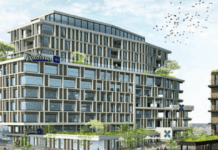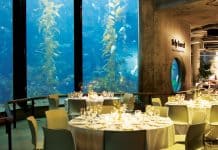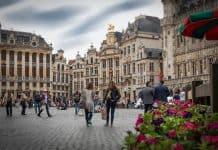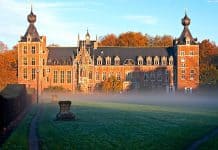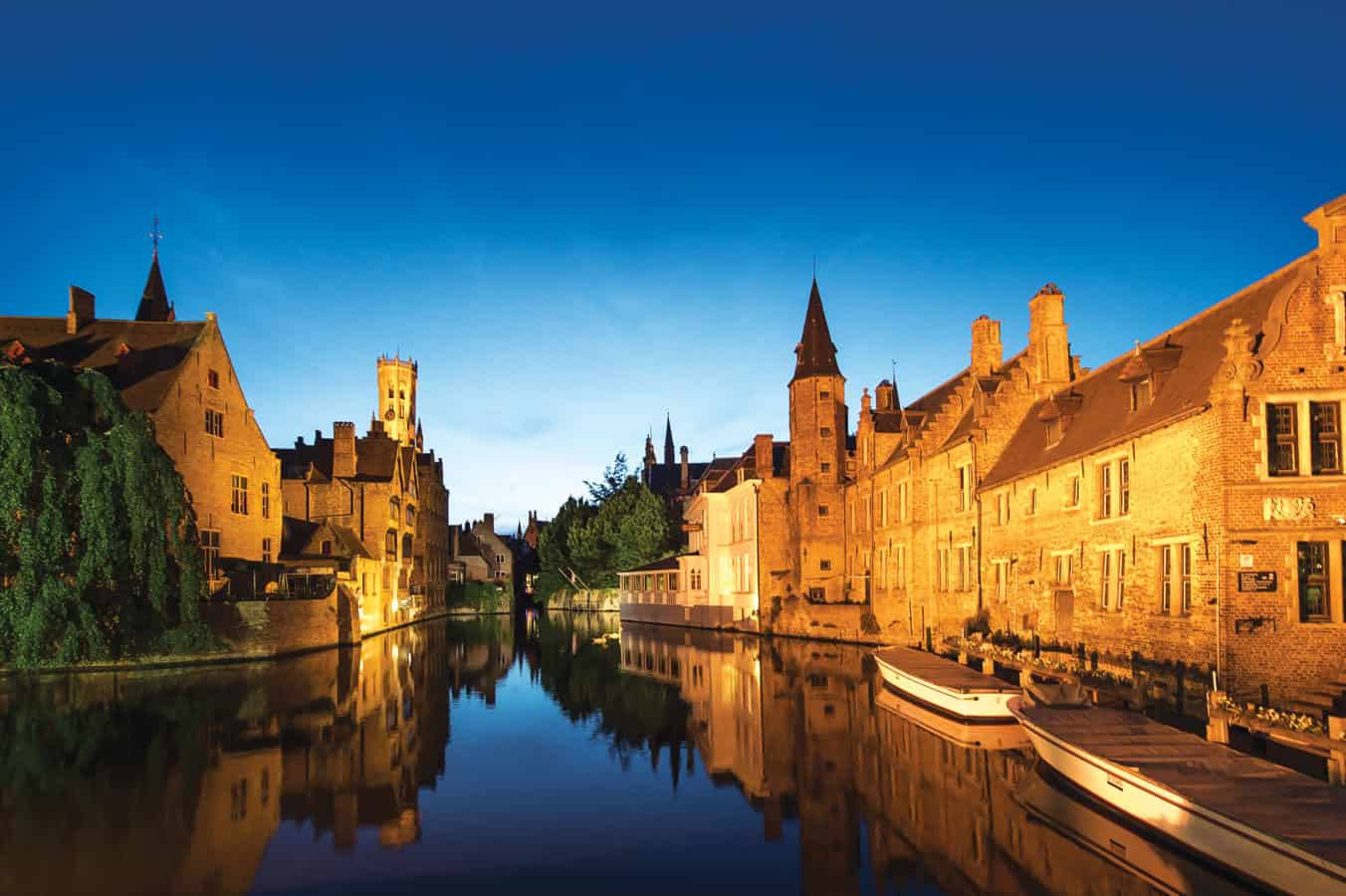 “Echoes” of the past guide our steps along the medieval streets and canals of Bruges as Charles Baudelaire’s famous poem is read aloud to underscore a tour of the senses.
“Echoes” of the past guide our steps along the medieval streets and canals of Bruges as Charles Baudelaire’s famous poem is read aloud to underscore a tour of the senses.
“Like lingering echoes, which afar confound themselves in deep and sombre unity, as vast as night, and like transplendency, the scents and colours to each other respond.” Feeling our way through Belgium—Bruges to Brussels—quickly grounded a week-long adventure.
Bruges
Miraculously spared from damage during WWI and WWII, the city is one of the best preserved settlements of its kind in Europe. Throughout the morning and into the afternoon we experience this history in a profusion of sights, sounds, scents and tastes. Rosemary and lavender, once the perfume of the Hungarian Queen, waft into the air from the gardens of Old St. John’s Hospital and meld with roasted coffee beans, chiming bells from the 13th century Belfry of Bruges that dissipate high above horse hooves on cobbled streets, artists painting under the Belgian sun and shops donning the works of furniture, hat and jewelry makers. The Medici family brought banking to the area in the 15th century; you can almost hear the coins jangling.
There are 52 chocolate shops in Bruges, and they must use only five ingredients to be considered authentic Belgium chocolate, says Frank, our guide with Hello Bruges. Belcolade chocolate is the most faithful to this regard we’re told, but inventive tree-to-bar samples from The Chocolate Line are nevertheless pleasing. Our journey continues on to the UNESCO World Heritage city centre where “not everything is as it seems,” Frank says with raised brow. There’s a mysterious golden globe perched on the rooftop of Boechoute, “the house on the corner.” We’ll let your group discover this one for themselves. Frank also points to a number of Gothic buildings that were designed using the golden ratio, a mathematical principle deemed sacred by the ancient Egyptians.
In Bruges there’s also a museum for just about everything: lace, lamps, beer, chocolate, torture devices and the works of Dali and Picasso. We stop by the Historium for a history lesson of the area via animatronic and virtual reality storytelling and then head to the Lace Museum where the artistry and techniques of 16th lace makers to present day are on display. Customized workshops are available here to groups that want to learn the history of bobbin lacemaking, the traditional form, contemporary forms that use digitization and everything in between.
Elsewhere in the city, the world’s first underground beer pipeline stretches from a bottling plant to the Halve Maan Brewery where the Bruges city beer, Brugse Zot, is served. We tour the brewery, taking in the scents of sweet and earthy malt and hops along the way before settling in for a light lunch of eggplant, zucchini and potatoes. Groups of up to 20 can tour the facility and seasonal dishes inspire the gourmet a la carte menu. No less stimulating, our hotel for the night, the 44-room, four-star Martin’s Relais, rests on the bank of the Spiegelrei, Bruges’ oldest harbor with 700 years of history. The property is comprised of five historic aristocratic residences; stucco ceilings, crystal chandeliers, ornate fireplaces, oak-lined stairways, and parquet floors are just the beginning. We topped off our time in Bruges with a stroll to the city centre (all roads lead there) and a hearty couscous at Tompouce.
Brussels
Chocolate, Tintin and “The Smurfs.” Does it get any better? Brussels takes its “comic book capital of the world” accolade very seriously. More than 50 comic murals, changed out every five years, and four comic museums showcase the city’s love affair with the art form. The Belgium Comic Strip Center also reflects the work of architectural Art Nouveau pioneer Victor Horta, and the daily lives of Belgians through the ages. Nowhere is this more apparent than “The Smurfs” cartoon created by Belgian cartoonist Pierre Culliford in 1958 (it’s up for grabs on whether Culliford would have been pleased at the miraculous discovery of “the lost village”). At the center of this former textile warehouse is a glass dome that gives light to the surrounding centuries of illustrations much like a circulatory system gives air. Here, receptions for up to 1,200 take place and it’s not uncommon for the night to begin or end with guided tours or team building trivia through the worlds of notable comic book characters. Workshops with professional comic book artists can also be arranged. Groups can top this off with cocktails at the Radisson Blu Royal Hotel Brussels’ comic strip bar, Bar Dessine. Another “must see” here is the integration of the city’s 12th century fortification wall into the hotel’s contemporary design.
A guided stroll through the city centre results in Tintin collectables and Smurf chocolates in a collectable tin lunchbox. There are more than 500 chocolatiers in Brussels, but groups will definitely want to drop by Nevhaus, the inventor of the praline, as we did.
Brussels has no shortage of evocative venues and one of the most iconic and visually intriguing is the Atomium, designed for the 1958 Brussels World’s Fair. The massive steel and glass pods mimic the structure of atoms as a threshold between the past and future. Inside, panoramic views of the city, combined with the on-site museum and architectural artistry offer an event space like no other. The entire Atomium is available for buyout for up to 800 attendees cocktail-style, or you can pick and choose your pod. In the shadow of the Atomium sits Mini-Europe, whose interactive miniature outdoor reproductions of famous EU monuments are a marvel in their own right. We listened to the chimes of Big Ben and faced a crowd of Lego-like Brexit protestors outside of the Houses of Parliament, followed the Thalys from Paris and saw the eruption of Vesuvius during our whistle-stop tour of the park. There are more than 350 models in all, so leave plenty of time for exploration. If meeting in the spring, groups are also sure to find inspiration in the exquisitely designed Royal Greenhouses of Laeken. The brunt of beauty here was almost more than the senses could bear.
Our time in Brussels ended with a vegetarian feast at Oficina restaurant that included layers of eggplant, zucchini, leeks, rosemary, and cherry tomatoes on the vine. And “it just wouldn’t be right,” our chef exclaims, without a dash of red paprika.



